How to Maximize Efficiency of Your Solar Pool Panels for Optimal Heating
In the quest for sustainable energy solutions, solar pool panels emerge as a key player, offering an efficient method for heating swimming pools while minimizing reliance on traditional energy sources. According to the U.S. Department of Energy, solar pool heating systems can effectively extend the swimming season by up to three months, enabling pool owners to enjoy their investments year-round. Furthermore, a study conducted by the Solar Energy Industries Association (SEIA) reveals that homeowners can save between 50-90% on their pool heating costs by utilizing solar technologies.
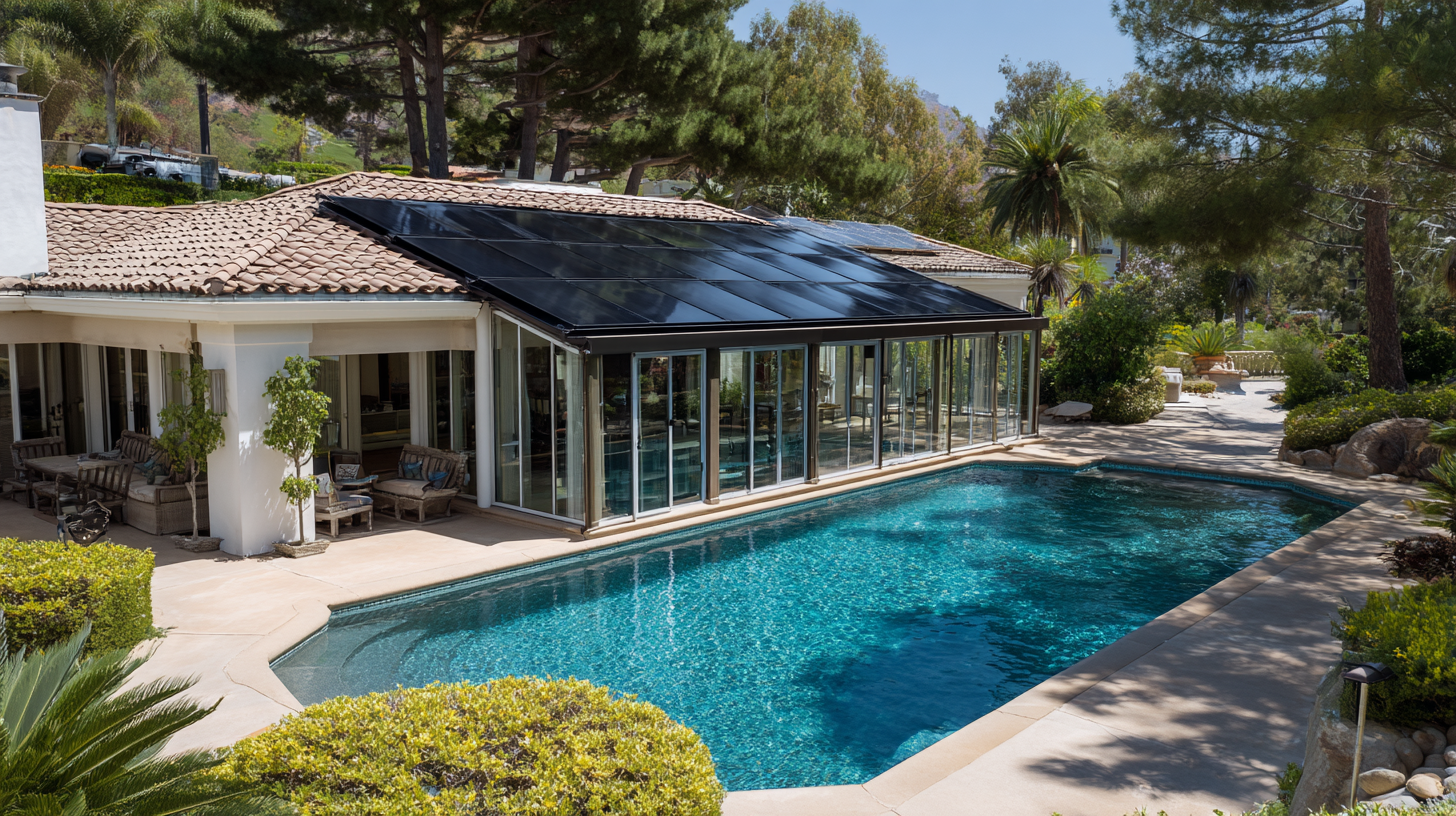
As market trends show a growing interest in renewable energy, understanding how to maximize the efficiency of solar pool panels is essential not only for enhancing heating outcomes but also for promoting eco-friendly practices. By implementing optimal usage strategies, pool owners can harness the full potential of these innovative systems, leading to significant financial savings and environmental benefits.
Choosing the Right Location for Solar Pool Panels to Enhance Sun Exposure
When it comes to maximizing the efficiency of your solar pool panels, selecting the right location is crucial for enhancing sun exposure. Ideally, your panels should be positioned in an area that receives direct sunlight for the majority of the day. This means avoiding shaded spots from trees, buildings, or other obstructions. A south-facing orientation is typically the best, as it allows for optimal sunlight capture throughout the year.
Tips for Choosing the Ideal Location:
1. Conduct a sun study to identify areas of your property that receive the most sunlight throughout different seasons. This will help you pinpoint the best location for your solar pool panels.
2. Elevate the panels if possible, as this can minimize shade from surrounding features. Mounting them on a flat roof or a dedicated rack can significantly increase their exposure to sunlight.
3. Regularly maintain the area around your panels to prevent build-up of leaves or debris that may block sunlight. Keeping the location clean will ensure sustained performance.
By taking these steps, you can enhance the efficiency of your solar pool panels, ensuring they heat your pool effectively while maximizing energy savings.
Optimizing Water Circulation for Efficient Heat Transfer in Solar Pool Systems
To maximize the efficiency of your solar pool panels, optimizing water circulation is essential for effective heat transfer in solar pool systems. Proper circulation ensures that water is consistently moved through the solar panels, allowing them to absorb heat effectively and retain warmth for your pool. The design and layout of your pool's plumbing system play a crucial role in achieving this goal.
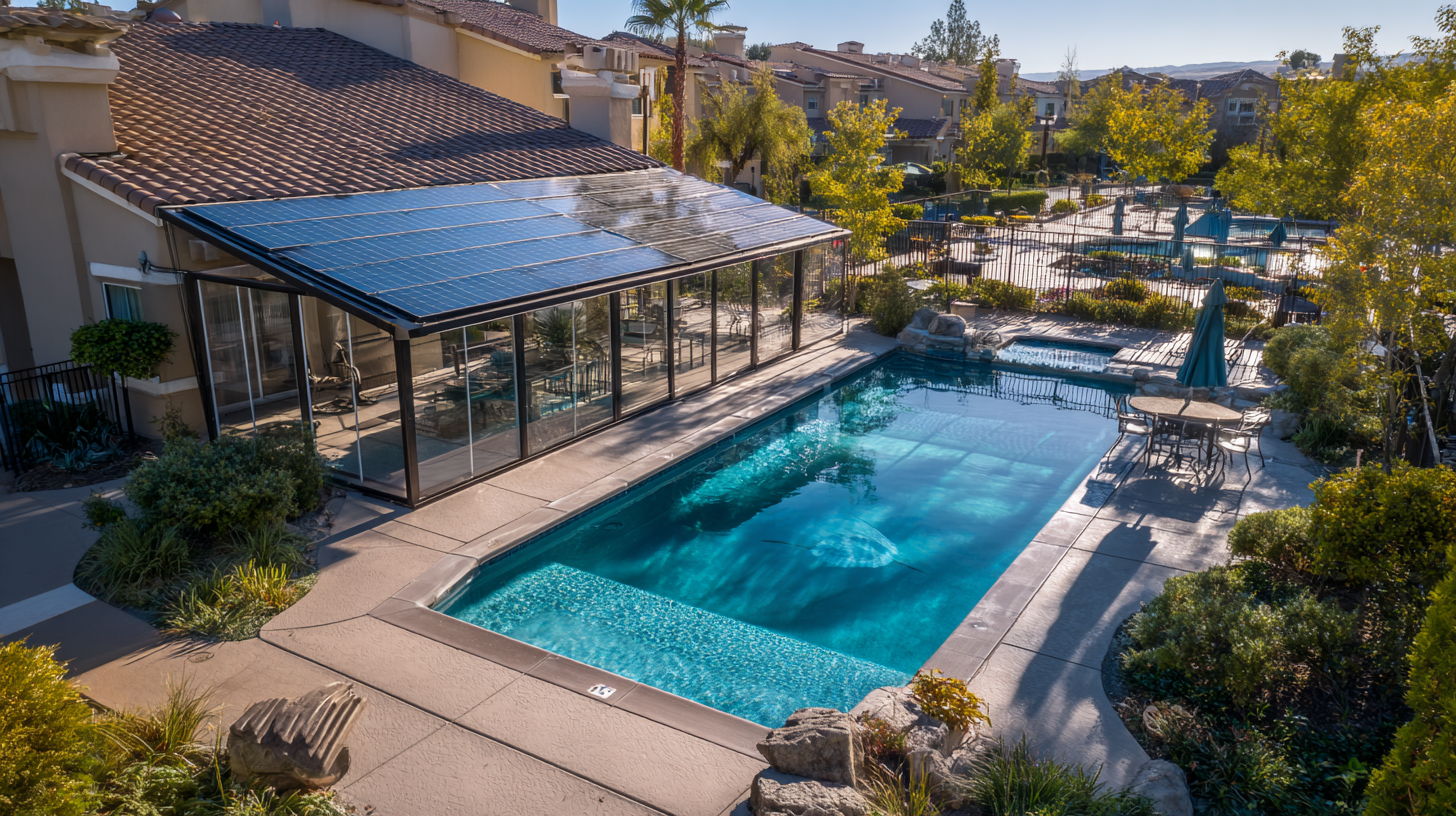
Tips for Enhancing Water Circulation:
- Adjust Pump Size: Ensure your pump is appropriately sized for your pool and solar panel setup. A pump that is too weak won't circulate water efficiently, while an overly powerful one can lead to excessive energy use.
- Use Variable Speed Pumps: If possible, opt for a variable speed pump. These can be adjusted based on demand, allowing for optimized water flow with minimal energy consumption. This flexibility can significantly enhance heat transfer efficiency.
- Clean Your System Regularly: Regular maintenance of your pool's filtration system and solar panels will help prevent blockages and ensure smooth water flow, which is vital for effective heat absorption.
By focusing on these aspects of water circulation, you can enhance the performance of your solar pool panels and enjoy warm pool temperatures throughout the season.
Regular Maintenance Tips for Sustaining Solar Pool Panel Performance
Regular maintenance is vital for sustaining the performance of solar pool panels and ensuring they operate at peak efficiency. According to the Solar Energy Industries Association (SEIA), proper maintenance can increase the efficiency of solar thermal systems by as much as 15%. This is crucial, especially for solar pool heating systems, where any drop in performance can significantly affect the temperature and comfort of your pool water, leading to a less enjoyable swimming experience.
One of the main maintenance tasks involves regularly cleaning the solar panels to remove dirt, debris, and other obstructions that could block sunlight. A study by the Lawrence Berkeley National Laboratory indicates that soiling can reduce solar panel efficiency by 5-20%, depending on the local environment. Additionally, inspecting for leaks, checking connections, and ensuring that the circulation pump is functioning effectively will help avoid costly repairs and prolong the life of the system. Regularly scheduling professional maintenance, at least once a year, can help catch potential issues early and keep your solar pool panels heating efficiently.
How to Maximize Efficiency of Your Solar Pool Panels for Optimal Heating - Regular Maintenance Tips for Sustaining Solar Pool Panel Performance
| Maintenance Task | Frequency | Impact on Efficiency | Notes |
|---|---|---|---|
| Clean Panels | Monthly | High | Remove dirt and debris for optimal sunlight absorption. |
| Inspect for Damage | Bi-Annually | Medium | Check for cracks or leaks that may hinder performance. |
| Check Connections | Annually | High | Ensure all electrical connections are secure. |
| Monitor Water Temperature | Weekly | High | Track temperature to assess heating efficiency. |
| Flush System | Seasonally | Medium | Prevent buildup of minerals or debris in the system. |
Utilizing Reflective Surfaces to Increase Solar Energy Absorption
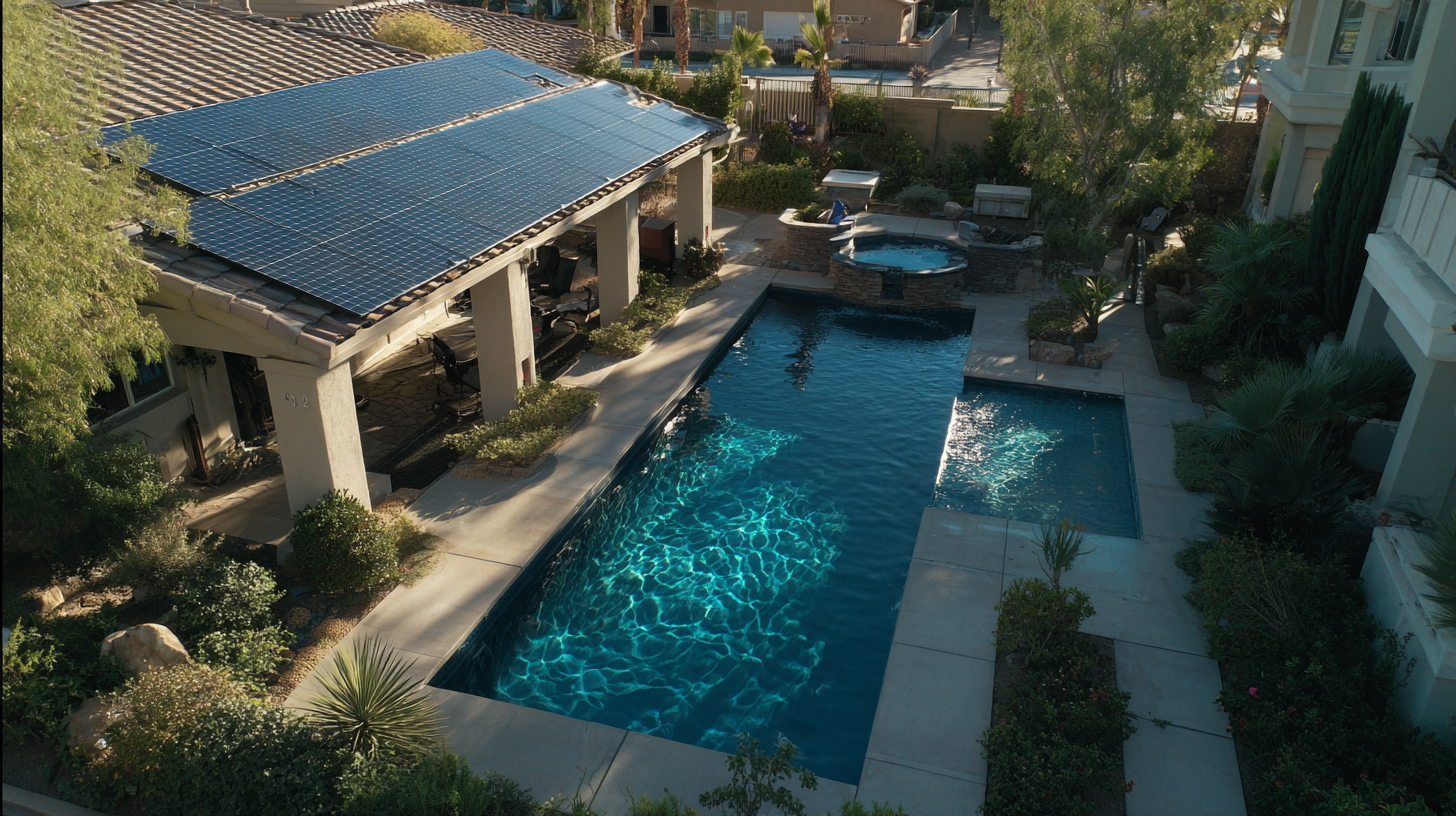 Reflective surfaces can significantly enhance the efficiency of solar pool panels by maximizing sunlight absorption. When strategically positioned around the panels, these reflective materials can redirect sunlight that would otherwise go to waste, increasing the overall solar energy captured. Materials such as Mylar, aluminum foil, or even white-painted surfaces can serve as effective reflectors. By installing them at specific angles, homeowners can ensure that more sunlight is directed onto the solar panels throughout the day, especially during peak sun hours.
Reflective surfaces can significantly enhance the efficiency of solar pool panels by maximizing sunlight absorption. When strategically positioned around the panels, these reflective materials can redirect sunlight that would otherwise go to waste, increasing the overall solar energy captured. Materials such as Mylar, aluminum foil, or even white-painted surfaces can serve as effective reflectors. By installing them at specific angles, homeowners can ensure that more sunlight is directed onto the solar panels throughout the day, especially during peak sun hours.
Moreover, the use of reflective surfaces not only improves energy efficiency but also extends the time the pool remains heated. By amplifying the solar gain, users can achieve optimal heating with reduced reliance on additional heating methods, such as gas or electric heaters. This reduction in energy consumption not only lowers operational costs but also promotes sustainable practices, making pools more environmentally friendly. Ultimately, integrating reflective surfaces into the solar pool heating system proves to be a simple yet highly effective method to enhance performance and enjoyment of the pool throughout the season.
Integrating Smart Technology for Real-Time Monitoring of Heating Efficiency
Integrating smart technology into your solar pool heating system can significantly enhance its efficiency and performance. Real-time monitoring allows homeowners to assess the heating efficiency and energy output of their solar panels, ensuring optimal utilization. According to a report by the Solar Energy Industries Association, proper monitoring can improve system performance by up to 25%, maximizing the return on investment for homeowners.
To ensure you’re getting the most out of your system, consider investing in a smart thermostat or an energy management app. These tools enable you to adjust heating schedules based on your pool usage and local weather conditions. For instance, some advanced systems can automatically lower heating when temperatures forecast to rise, conserving energy.
Tips: Regularly check your monitoring system for any anomalies; a sudden drop in heating efficiency could indicate a maintenance issue. Additionally, keeping your solar panels clean can improve their energy absorption by up to 15%, thereby enhancing overall heating efficiency. By leveraging smart technology and consistent maintenance, you’ll enjoy a warmer pool while simultaneously saving on energy costs.
Solar Pool Panels Heating Efficiency Over Time
This chart represents the heating efficiency of solar pool panels over a week, showcasing daily temperature increases measured in degrees Fahrenheit. The integration of smart technology allows for real-time monitoring, enabling pool owners to optimize their heating strategies.
Related Posts
-
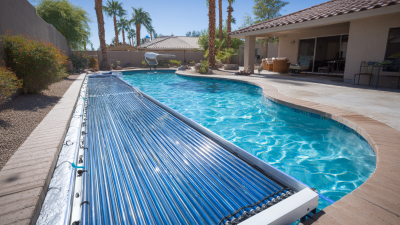
What to Look for in the Best Solar Pool Heating System: A Comprehensive Guide
-
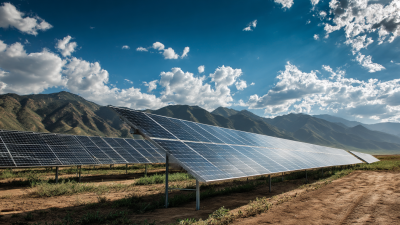
Mastering Sunlight Solar Technology for Sustainable Energy Solutions
-
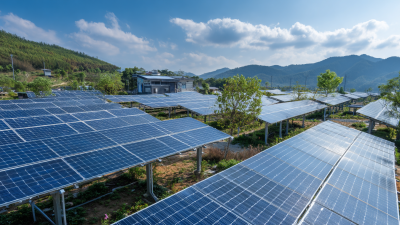
How to Maximize Your Savings with Solar Electricity Solutions
-
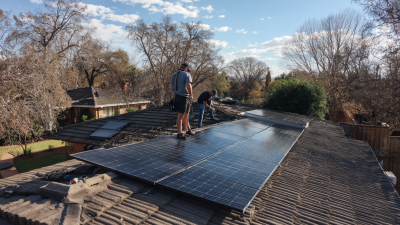
5 Essential Tips for a Smooth Solar Panel Installation Process
-
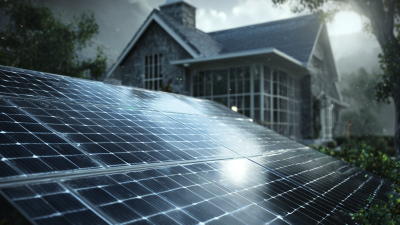
Ultimate Guide to Choosing the Best Solar Energy Panels for Your Home
-
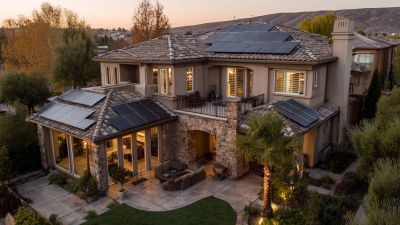
The Future of Sustainable Living with the Best Home Solar Panel System